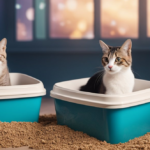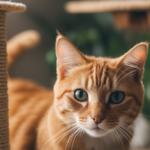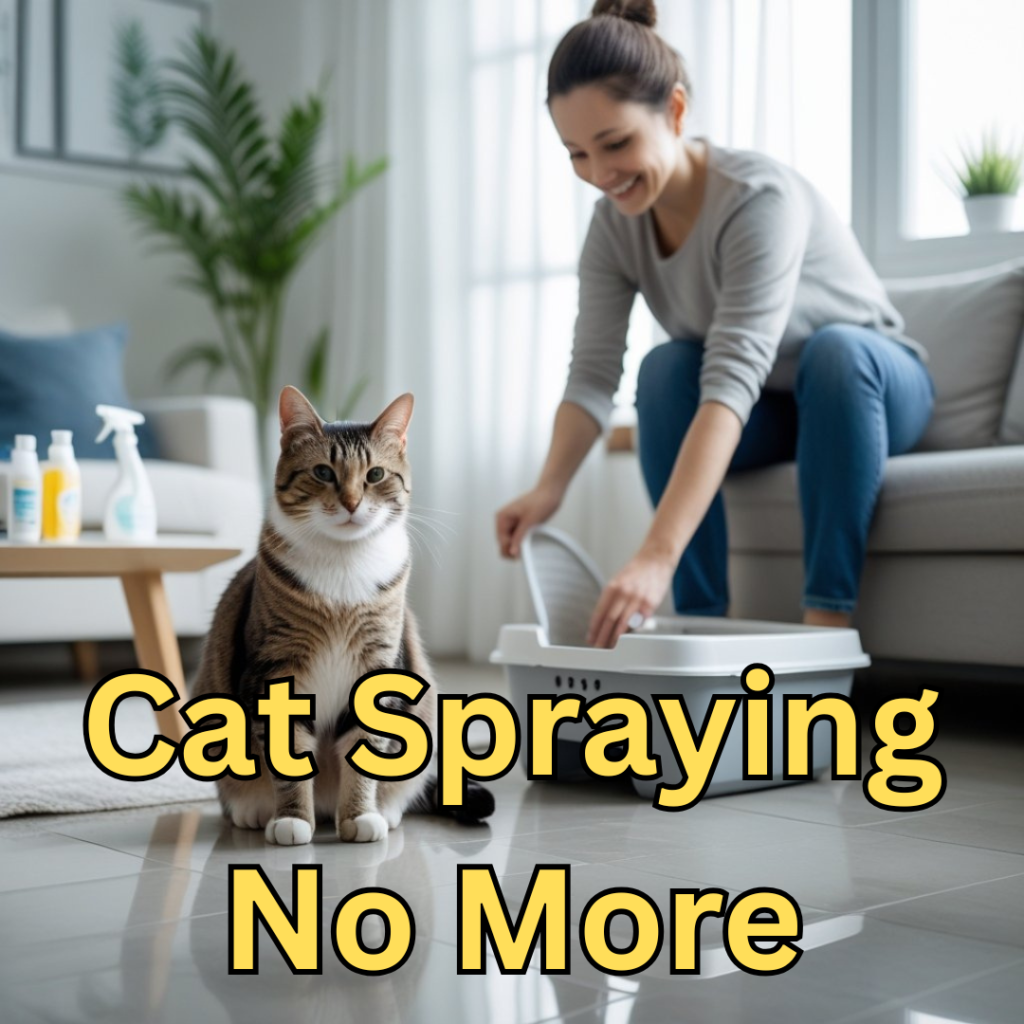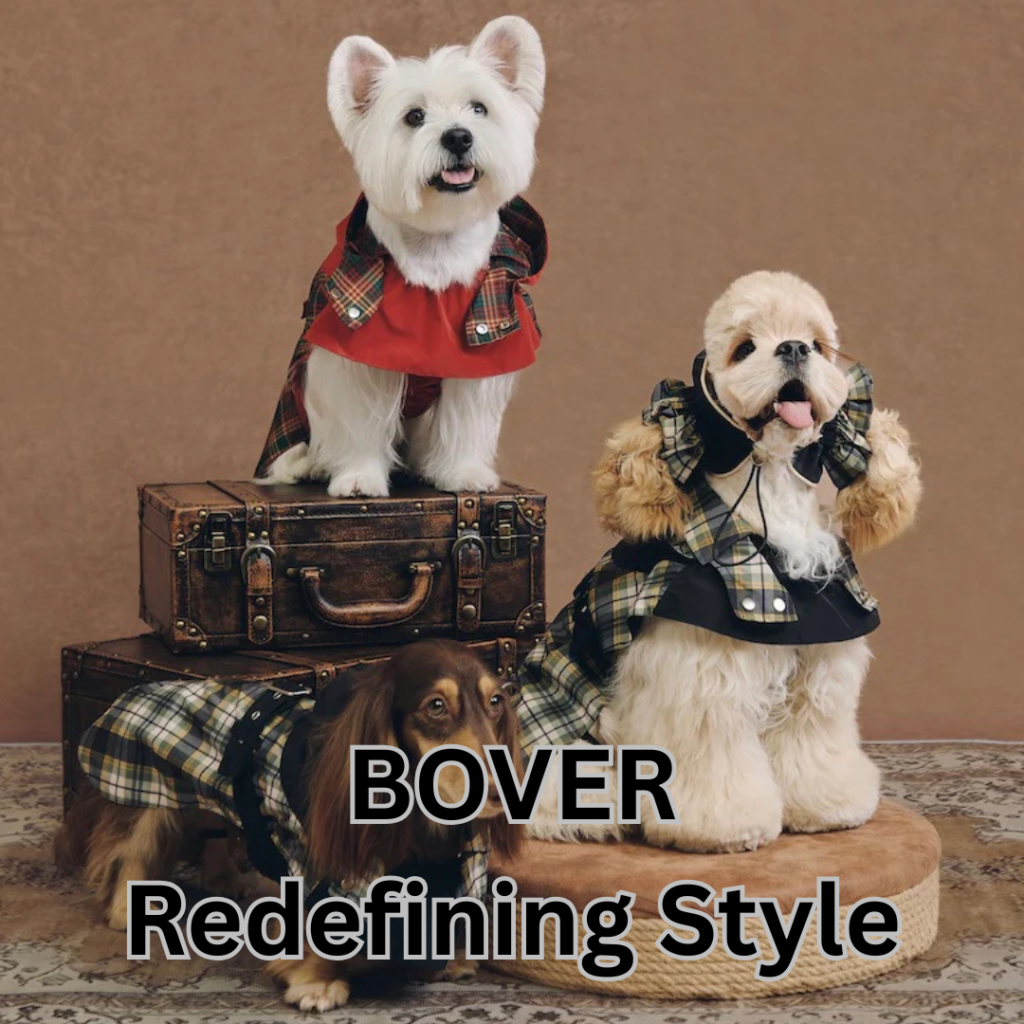Choosing the best cat litter for your feline friend isn’t just about keeping your nose happy; it’s about finding the purr-fect match for those delicate paws and discerning feline sensibilities. As cat enthusiasts, we understand that this decision can be as layered as the litter itself.
In this blog post, we’ll dig deep (with a scooper in hand, of course) into the granular world of cat litter. From clumping to eco-friendly, and scented to dust-free, we’ll sift through the options to help you land on the one that will have your cat prancing to their litter box with delight. So, let’s not paws any longer—join us as we explore the nitty-gritty of keeping your kitty’s business tidy and your home smelling like roses (or at least not like a litter box).
When it comes to cat litter, there are a plethora of options available, each with its own advantages and disadvantages. Choosing the best cat litter can be a daunting task, especially for first-time cat owners. We have compiled a list of the best cat litters available on the market in 2024, along with a guide to help you choose the right litter for your feline friend.
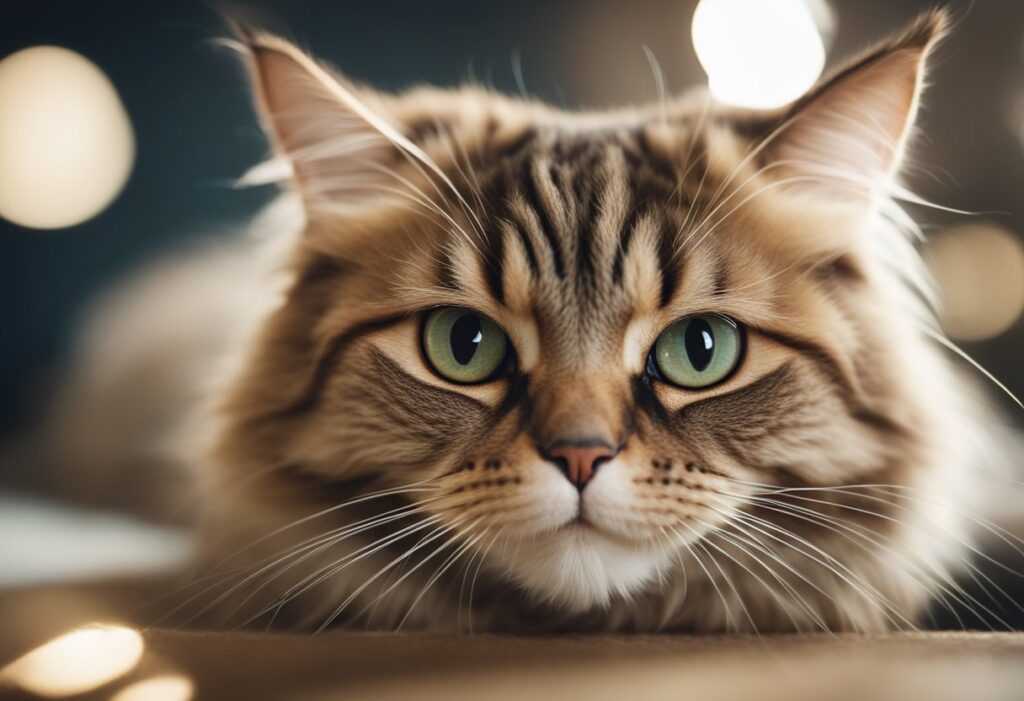
There are several types of cat litter available, including clay, silica gel crystals, and natural litters made from materials like wood, paper, and corn. Each type of litter has its own unique features, such as clumping ability, odor control, and dustiness. We will explore the different types of cat litter and their pros and cons, so you can make an informed decision on which type of litter to choose.
Key Takeaways
- There are several types of cat litter available, each with its own advantages and disadvantages.
- It is important to consider factors such as clumping ability, odor control, and dustiness when choosing a cat litter.
- Our list of the best cat litters of 2024 will help you choose the right litter for your feline friend.
Best Cat Litter
| Product Short Name | Rating | Price |
|---|---|---|
| Purina Tidy Cats Breeze Pads | 4.8 | $11.96 |
| Fresh Step Advanced Clumping with Gain | 4.7 | $31.91 |
| ARM & Hammer Cat Litter Deodorizer | 4.7 | $4.33 |
| Litter Genie Refill Bags | 4.7 | $26.59 |
| Purina Tidy Cats Clumping Free & Clean | 4.6 | $20.74 |
| Fresh Step Clumping with Febreze | 4.6 | $10.82 |
| PetSafe ScoopFree Crystal Litter Tray Refills | 4.6 | $66.45 |
| Arm Hammer SLIDE Platinum Multi-Cat | 4.6 | $16.75 |
| Fresh Step Advanced Clumping Clean Paws | 4.6 | $33.35 |
| Arm & Hammer Clump & Seal Platinum | 4.6 | $15.19 |
| Purina Tidy Cats LightWeight Glade | 4.6 | $24.22 |
| PetSafe ScoopFree Premium Blue Crystal Litter | 4.4 | $23.70 |
| Cat’s Pride Premium Lightweight Clumping | 4.4 | $10.44 |
| Cat’s Pride UltraClean Low Tracking | 4.4 | $11.49 |
| Dr. Elsey’s Precious Cat Ultra | 4.3 | $16.95 |
| Arm & Hammer Forever Fresh Clumping Lavender | 4.3 | $15.19 |
| Feline Pine Platinum Non-Clumping | 4.3 | $16.90 |
| IRIS USA Open Top Cat Litter Tray | 4.3 | $18.99 |
| Dr. Elsey’s Premium Clumping Cat Litter | 4.3 | $20.99 |
| Purina Tidy Cats LightWeight Free & Clean | 4.5 | $24.21 |
| Fresh Step Advanced, Unscented Clumping | 4.5 | $30.77 |
| Cat’s Pride Max Power | 4.5 | $12.94 |
| Fresh Step Lightweight Clumping with Febreze | 4.5 | $16.51 |
| Arm Hammer Ultra Last Unscented Clumping | 4.2 | $15.19 |
| Jonny Cat Litter Box Liners | 4.7 | $10.29 |
*Please note that prices are subject to change and may vary depending on the seller, location, and any applicable discounts or promotions. The ratings provided are based on customer reviews and may also change over time. Amazon Affiliate Link.
Types of Cat Litter
When it comes to choosing the best cat litter, there are various types available in the market. Each type has its own pros and cons, which we will discuss in this section.
Clumping vs. Non-Clumping
One of the main distinctions between cat litter types is whether they are clumping or non-clumping. Clumping litter forms solid clumps when wet, making it easier to scoop out urine and feces. On the other hand, non-clumping litter doesn’t form clumps, so it needs to be changed more frequently.
Clumping litter is usually made from materials such as clay or silica gel. It is more expensive than non-clumping litter, but it lasts longer. Non-clumping litter is often made from biodegradable materials such as recycled paper.
Material-Based Varieties
Apart from clumping and non-clumping, cat litter is also categorized based on the material it is made from. Here are some of the most common material-based varieties of cat litter:
- Clay: Clay litter is one of the most popular types of cat litter. It is highly absorbent and forms solid clumps when wet. However, it is not biodegradable and can be dusty.
- Silica: Silica gel litter is made from a type of crystal that absorbs moisture. It is non-clumping and lasts longer than other types of litter. However, it can be expensive and may not be suitable for cats with respiratory issues.
- Biodegradable: Biodegradable litter is made from natural materials such as recycled paper, sawdust, or corn. It is eco-friendly and safe for cats. However, it may not be as absorbent as clay or silica litter.
- Recycled paper: Recycled paper litter is made from recycled paper products. It is biodegradable, dust-free, and safe for cats. However, it may not be as absorbent as other types of litter.
Choosing the best cat litter depends on various factors such as your cat’s preferences, your budget, and your personal values. We hope this section has given you a better understanding of the different types of cat litter available in the market.
Factors to Consider
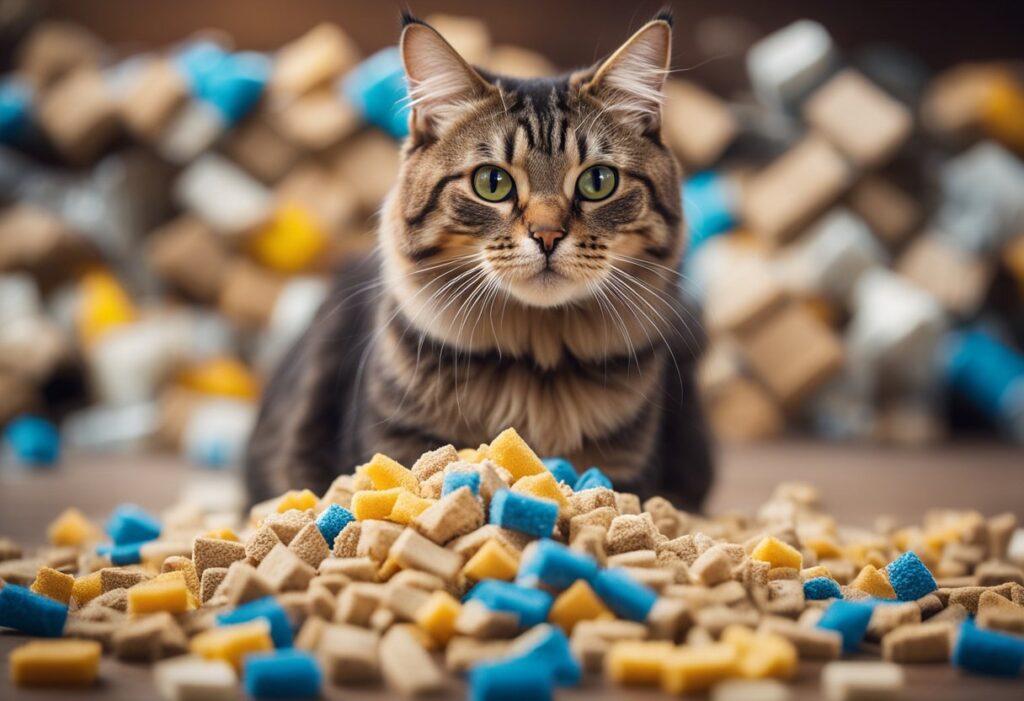
When it comes to choosing the best cat litter for your furry friend, there are several factors to take into consideration. In this section, we will discuss the most important factors to consider when choosing the best cat litter for your cat.
Odor Control
One of the most important factors to consider when choosing cat litter is odor control. Nobody likes a stinky litter box, and neither does your cat. Look for a cat litter that is specifically designed to control odors. Some litters are scented, while others are unscented. It’s important to note that some cats may be sensitive to scents, so unscented litter may be a better option.
Dust and Respiratory Health
Dust and respiratory health are also important factors to consider when choosing cat litter. Some litters can produce a lot of dust, which can be harmful to both you and your cat’s respiratory health. Look for a dust-free litter that is specifically designed to be low-dust or dust-free. This will help to reduce the amount of dust that is produced when you clean the litter box.
Absorbency and Tracking
Another important factor to consider when choosing cat litter is absorbency and tracking. Look for a litter that is highly absorbent, as this will help to keep the litter box clean and fresh for longer. Additionally, look for a litter that is designed to reduce tracking. Some litters are specifically designed to be low-tracking, which can help to keep your home clean and tidy.
In summary, when choosing the best cat litter for your furry friend, it’s important to take into consideration factors such as odor control, dust and respiratory health, and absorbency and tracking. By choosing a litter that is specifically designed to address these factors, you can help to keep your cat healthy and happy, while also keeping your home clean and fresh.
Litter Box Maintenance
Keeping your cat’s litter box clean is essential for their health and comfort. A dirty litter box can cause your cat to avoid using it, leading to accidents around the house. Here are some tips on how to maintain your cat’s litter box.
Scooping and Cleaning
Scooping the litter box at least once a day is important to keep it clean and odor-free. We recommend using a scoop with small holes to remove clumps and solid waste. It’s also essential to clean the litter box regularly to prevent the buildup of bacteria and odors.
To clean the litter box, empty the litter and wash it with warm water and mild soap. Avoid using harsh chemicals that could harm your cat. Dry the litter box thoroughly before adding fresh litter. We suggest replacing the litter box every six months to a year to ensure it’s in good condition.
Litter Replacement
Replacing the litter entirely depends on the type of litter you use and how often your cat uses the litter box. Some litter brands have better scoopability, making it easier to remove waste and extend the litter’s lifespan. We recommend using a high-quality litter that clumps well and is easy to scoop.
It’s essential to add enough litter to the litter box, so your cat has enough depth to dig and bury their waste comfortably. The ideal litter depth is around 2-3 inches. Insufficient litter depth may lead to litter being kicked out of the box or your cat avoiding the litter box altogether.
In summary, maintaining your cat’s litter box is crucial for their health and happiness. Regular scooping and cleaning, using high-quality litter, and ensuring the litter box has enough depth are essential steps to keep your cat’s litter box clean and odor-free.
Best Practices for Multi-Cat Households

As cat owners, we know that having multiple cats comes with its challenges, especially when it comes to litter boxes. In multi-cat households, it is important to have the right cat litter to keep the litter box clean and odor-free. Here are some best practices for multi-cat households:
1. Use a Clumping Litter
Clumping litter is the best option for multi-cat households as it clumps together when wet, making it easier to scoop out the waste. This type of litter also helps to control odor, which is essential when you have multiple cats using the same litter box. Some of the best clumping litters for multiple cats include World’s Best Cat Litter Scoopable Multiple Cat Clumping Formula and Dr. Elsey’s Precious Cat Attract Cat Litter.
2. Provide Enough Litter Boxes
In multi-cat households, it is important to have enough litter boxes for each cat. The general rule of thumb is to have one litter box per cat, plus one extra. This means that if you have three cats, you should have four litter boxes. Providing enough litter boxes ensures that each cat has their own space and reduces the likelihood of litter box issues such as spraying or inappropriate elimination.
3. Clean the Litter Boxes Regularly
Cleaning the litter boxes regularly is crucial in multi-cat households. We recommend scooping out the waste at least once a day and completely changing the litter every week. This helps to keep the litter box clean and odor-free, which is important when you have multiple cats using the same litter box.
4. Consider Litter Box Placement
The placement of the litter boxes is also important in multi-cat households. We recommend placing the litter boxes in quiet, low-traffic areas of the house, away from food and water bowls. This provides a private and safe space for cats to use the litter box without feeling threatened or disturbed.
By following these best practices, we can ensure that our multi-cat households are clean, odor-free, and comfortable for our feline friends.
Eco-Friendly and Health-Conscious Choices
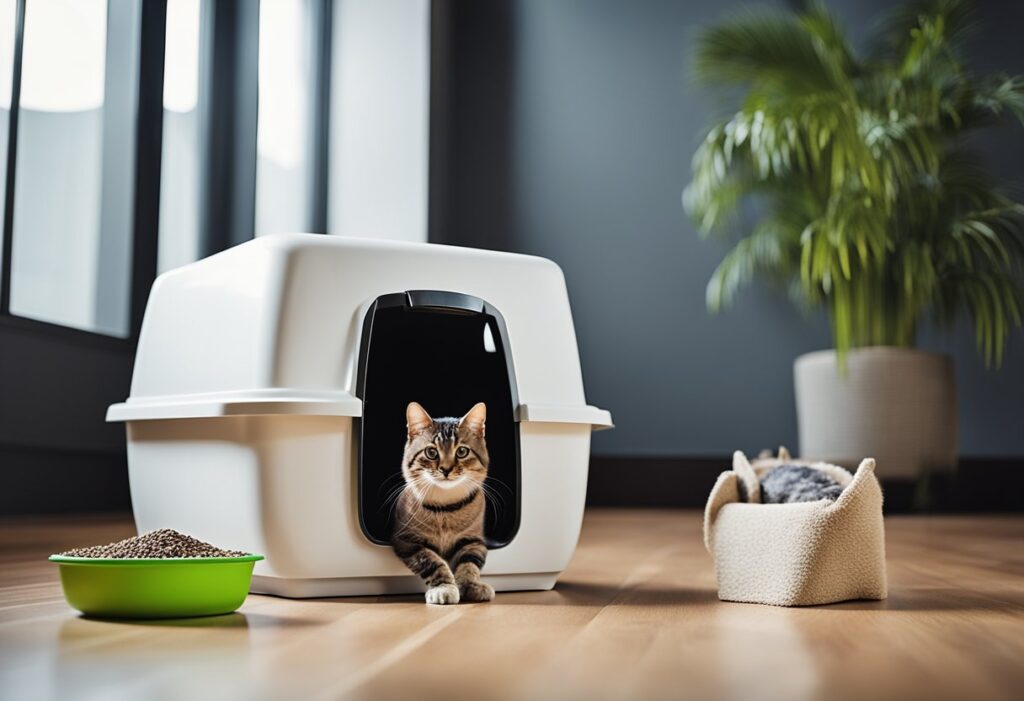
When it comes to cat litter, there are many eco-friendly and health-conscious options available for cat parents who want to reduce their environmental impact and keep their cats healthy. In this section, we will explore two types of cat litter that are both eco-friendly and health-conscious: biodegradable options and hypoallergenic and fragrance-free options.
Biodegradable Options
Biodegradable cat litter is made from materials that can break down naturally over time, such as plant-based materials like corn, wheat, and wood. These types of cat litter are often more sustainable than traditional clay-based litters because they do not require extensive mining and have a smaller environmental impact.
One popular biodegradable cat litter is Ökocat Original Premium Clumping Wood Cat Litter, which is made from sustainably sourced wood fiber and is completely free of artificial dyes, fragrances, synthetic chemicals, and GMOs. This litter has a crumbly texture that cats love because it’s easy to dig around in it. Another great option is World’s Best Cat Litter, which is made from whole-kernel corn and is both flushable and biodegradable.
Hypoallergenic and Fragrance-Free
For cats with sensitive skin or allergies, hypoallergenic and fragrance-free cat litter can be a great option. These types of cat litter are free from harsh chemicals and fragrances that can irritate your cat’s skin or respiratory system.
Frisco Pine Pellet Unscented Non-Clumping Wood Cat Litter is an affordable and effective hypoallergenic and fragrance-free option. This litter is made from 100% pure pine and leaves a fresh pine aroma in your cat’s litter box. Another great option is Dr. Elsey’s Precious Cat Ultra Unscented Clumping Clay Cat Litter, which is free from perfumes and deodorants and is made from all-natural clay.
In conclusion, when it comes to choosing the best cat litter for your furry friend, there are many eco-friendly and health-conscious options available. Whether you opt for biodegradable or hypoallergenic and fragrance-free cat litter, you can feel confident that you are making a choice that is both sustainable and healthy for your cat.


